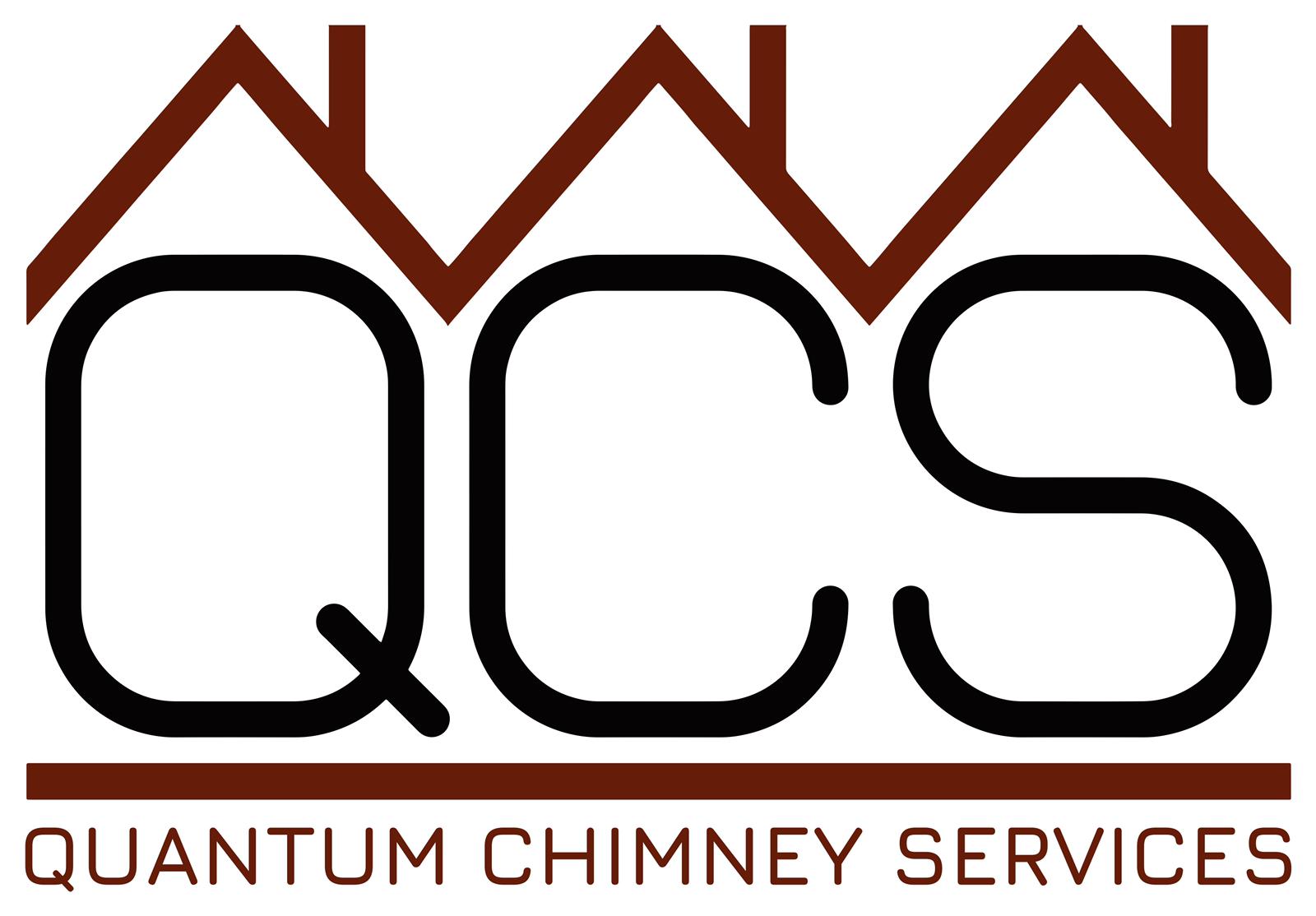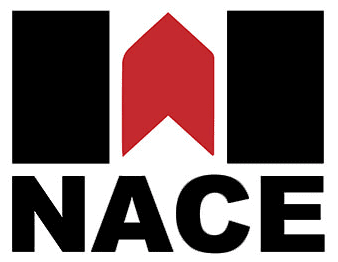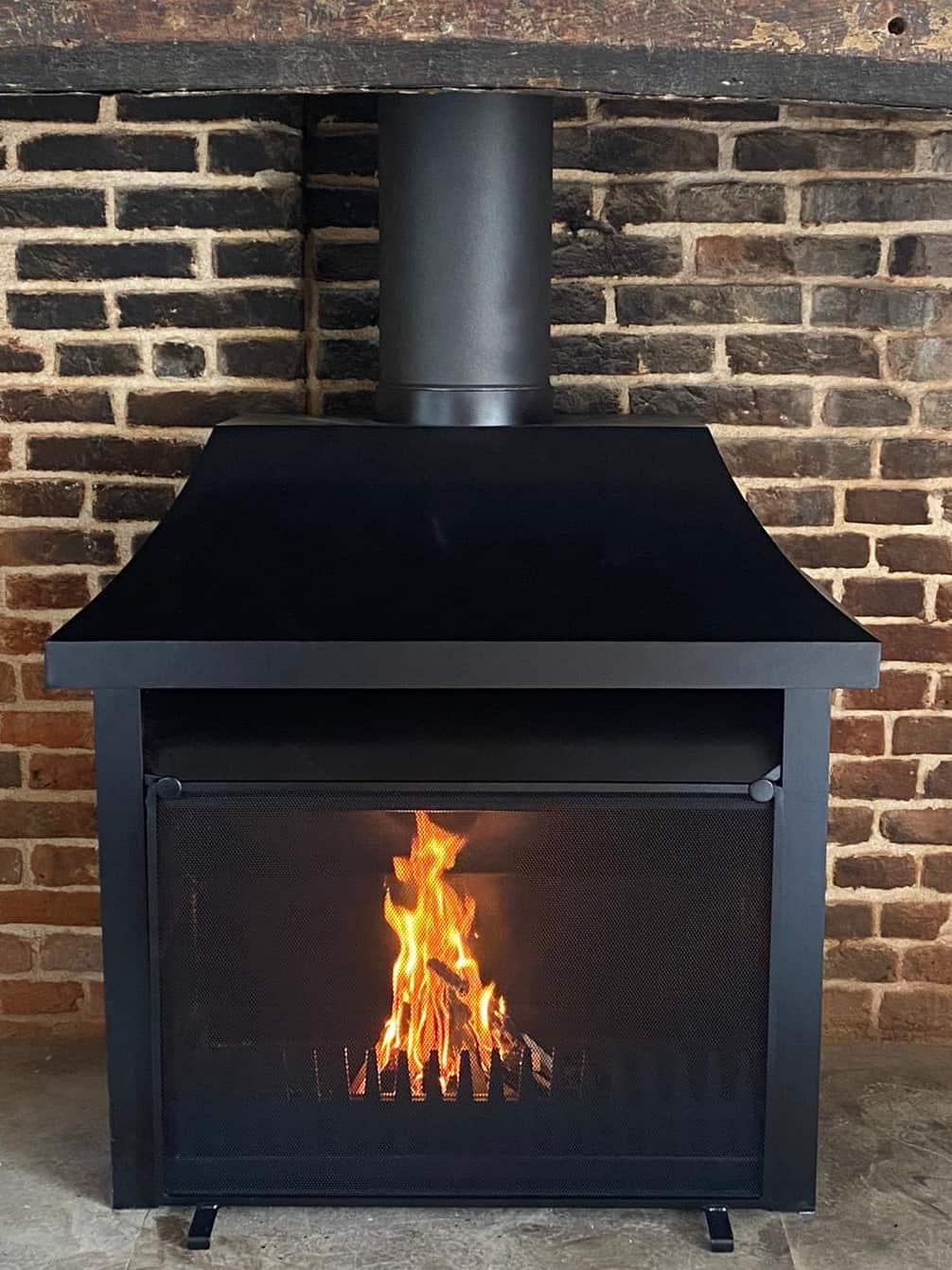
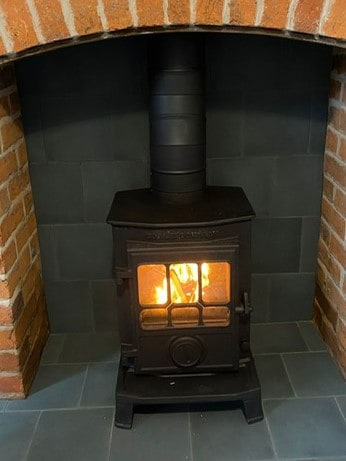
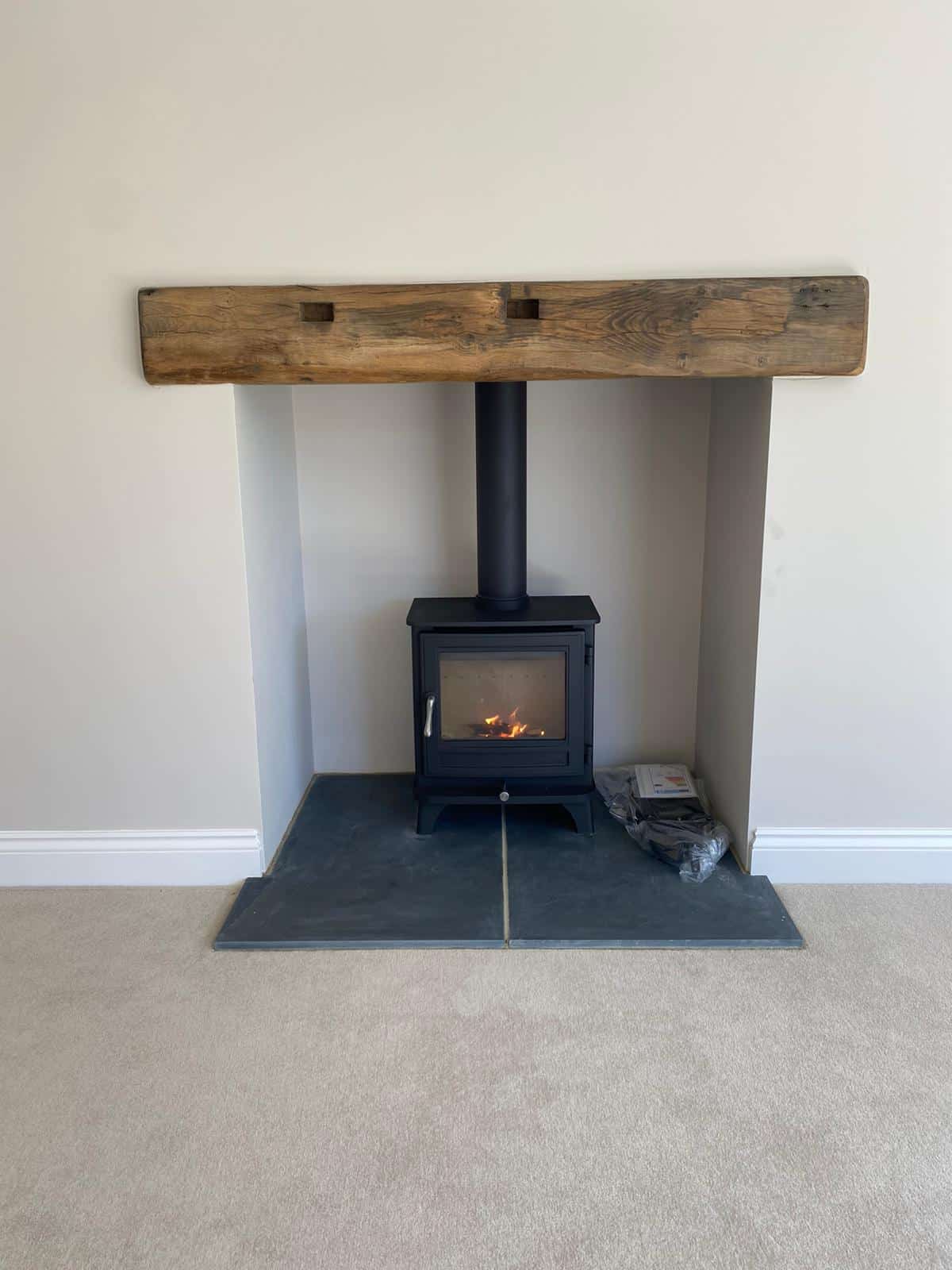
In this article, we have addressed the most frequently asked questions regarding wood burning stoves and new wood burning stove installations. If you have a query we haven’t provided an answer to, please do not hesitate to contact us for further advice or information.

Are wood burning stoves being banned?
No, wood burning stoves are not being banned. The new legislation effective as of January 2022 was aimed at ensuring all newly manufactured appliances meet improved emission criteria to reduce levels of particulate matter (PM2.5)
Can I re-install my existing appliance?
Yes, as long as certain criteria are met. The regulations regarding appliances and their emission rating apply only to appliances manufactured from January 2022 onwards, there has been no law or legislation put in place stating you cannot install an appliance manufactured before this date. However, the appliance will need to have a manufacturers data plate fixed to the appliance, it will need to be in sound condition and a copy of the installation manual will be required.
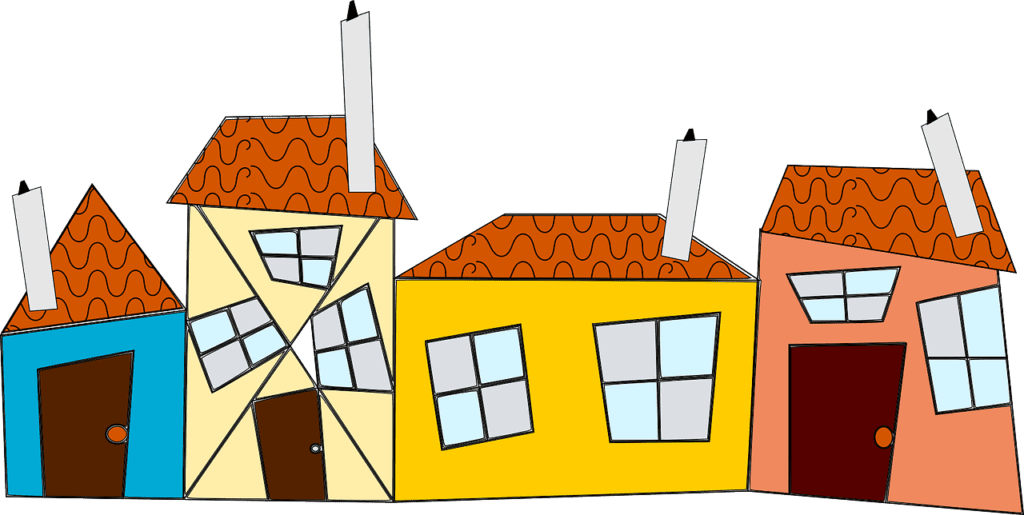
Do I need a new flue installed if installing a wood burning stove?
All stoves will have a specific flue (chimney system) requirement in order for the appliance to operate correctly and safely. If you already have a flue installed, a pre-installation flue condition inspection will be required to determine that the existing flue is suitable and in sound condition to allow a new appliance to be connected. Ultimately, the onus is on the person or company undertaking the proposed installation to determine that they are satisfied an existing flue is safe to have a new appliance connected. If you do not have a flue (chimney system) but have a chimney, the likelihood is that an appropriate chimney system will need to be installed.
I don’t have a chimney, can I still have a wood burning stove installed?
Absolutely. There are a number of chimney systems available to allow installations in properties where no chimney exists. One example is a rigid sectional twin-wall insulated chimney system, designed to be installed where no chimney exists. This type of chimney system is in effect its own chimney, can be installed through an external wall and run vertically to the correct termination height or can be installed within a property through numerous floor and through the roof line. There are many other considerations to achieve compliance with the building regulations (more can be read in our article regarding building regulations)but not having a chimney does not preclude you from having a wood burning stove installed.

How do I choose a wood burning stove to suit my home and needs?
There are literally thousands of wood burning stove appliances available on the market and choosing the correct one can seem daunting. Firstly, we would ask you to consider why you want a wood burning stove; is it as a primary heat source or as an aesthetic? If looking for a new primary heat source, the kW output of the appliance is extremely important and needs to be correctly sized. If the appliance is merely as an aesthetic, while the heat output is still important, you may not need an appliance with such a high output. Secondly, calculate the volume (width x height x length) of the room where you would like to have a wood burning stove installed; as a basic rule of thumb, 1kW of heat output will adequately provide heat for 14 cubic metres. Thirdly, consider where your property is located; if you are in a smoke control area (more information available on government website regarding smoke control areas) you will need a stove approved for use in such areas. Fourthly, do you have nay existing flue dimension restrictions that may limit you choice, for instance, if you already have a 150mm internal diameter chimney system, you cannot choose an appliance which has a flue requirement exceeding this. Lastly, we would advise you take answers to the above and either seek professional advice and suggestions (We are here to assist you with this and make recommendations, just call us!!) or visit a showroom to visibly see some examples so aesthetically you can get an idea of what you prefer stylistically.
Can I have a wood burning stove if I own a thatch property?
Most definitely. We have provided more in depth answer on this specific topic in our article ‘can i have a wood burner in a thatch property‘.
How often should I have my stove and chimney swept?
We would recommend a minimum of twice per year, perhaps more regularly if your appliance is in constant use. As a minimum though, have your stove and chimney cleaned before the burning season starts (September / October) and again when the season ends (March / April). Not regularly maintaining your stove and chimney can have dangerous consequences for both your property and you as the occupants.
What are the building regulations for installing a wood burning stove?
Unfortunately, this is not a quick answer! There are many considerations to ensure compliance with the building regulations regarding wood burning stove installations. We have made a complete article on this question alone (‘The Building Regulations: Common queries regarding the installation of new or replacement combustion appliances and flue shafts‘). Approved Document J of the Building Regulations is directly related to combustion appliances (including wood burning stoves) and the following link can be used to access a free copy from the government website. We would advise you don’t follow this document without ensuring you have interpreted the suggested methods of achieving compliance correctly with an industry professional!
There are obviously many more questions put to us regarding wood burning stoves and their installation but we cannot provide answers to all queries on one page! However, we hope the above will have answered some of your potential queries and provided direction and guidance.
If you require further information, or want an advice regarding any matter relating to wood burning stoves, chimneys or flues please do not hesitate to contact us either by phone or via the form below.
